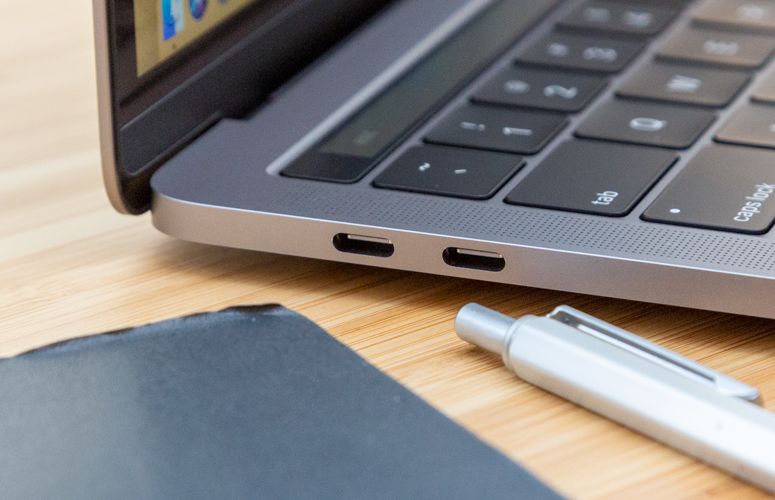
- NEW CORD INPUT FOR MAC PROS FULL
- NEW CORD INPUT FOR MAC PROS PORTABLE
- NEW CORD INPUT FOR MAC PROS PRO
If you don't mind spending a little more, the Symbus Q dock from Moshi offers a lot of functionality in a seriously slick package - it just doesn't come cheap.
NEW CORD INPUT FOR MAC PROS PRO
We've found only one USB-C dock that is compatible with the SuperDrive, the Caldigit USB-C Pro Dock. Many hubs and docks aren’t compatible with Apple’s SuperDrive CD/DVD drive. Most of the products tested here work with non-Apple USB-C laptops too, but you can read Tech Advisor's more general roundup of the best USB-C hubs. You can also buy USB-C adapters for the many display standards out there, such as VGA and DVI. You can certainly use a charger at lower power, but remember that it will power up slower than when using a higher-wattage charger, and if too low your laptop might run out of juice altogether when maxed out on power-hungry apps and devices. 12in MacBook and MacBook Air charge at 30W the 13in MacBook Pro at 61W, the 15in MacBook Pro at 87W and the 16in MacBook Pro at 96W. Look for hubs that offer passthrough charging, so you can charge your laptop even though you are using up one of the laptop's USB-C ports.
NEW CORD INPUT FOR MAC PROS PORTABLE
Other ports to look for include Gigabit Ethernet for faster wired Internet access (without the flakiness of Wi-Fi), and an SD or microSD card reader for adding inexpensive portable storage to your system. If your smartphone is compatible, you can charge your phone up to 80% in just 35 minutes. if you want to use these older USB slots for charging your phone, look out for chargers that include IQuick Charge 3.0 ports. Look for at least USB 3.0, which has a speedy bandwidth of 5Gbps compared to the sluggish USB 2.0's 480Mbps. You'll likely need some old non-reversible USB-A ports, and most adapters and hubs have at least one for your non-USB-C memory sticks and drives. There are many much cheaper versions out there, but we recommend these for quality and robustness. Here we have tested and reviewed the premium USB-C hubs and adapters.

Other gadget makers offer more budget-friendly alternatives, along with a range of other USB-C cables, chargers and accessories.

If you're after a full desktop setup for your MacBook, look out for our recommendations for the best USB-C and Thunderbolt docking stations for MacBooks.Īpple has a range of adapters, too, but at a (high) price. If you require even more, then look for a "dock" or "docking station". In general, an "adapter" works with a single port (such as USB-A or Ethernet) while a "hub" gives you multiple ports.
NEW CORD INPUT FOR MAC PROS FULL
Similar to Apple's Lightning connector, USB-C doesn't have to be plugged in at a certain orientation, which means that you can wave bye-bye to the age-old USB guessing game of "Which way does it go in?"įew people have a full range of USB-C or Thunderbolt 3 gear, so you'll likely need a USB-C hub to add different ports to your Mac. Thunderbolt 3 Macs can use USB-C accessories, but may lose some of their extra bandwidth - T3's 40Gbps significantly outpaces USB-C's 5-10Gbps. You'll find Type C on the 12in MacBook, and a faster variant of it (called Thunderbolt 3) on the MacBook Pro (13in, 15in, 16in), newer (post-2018 models) of the MacBook Air, the iMac (after 2017) and Mac mini (2018 and later). It's no one-trick pony, either - USB-C handles data transfer, video output and power input.

USB-C is a newish standard of USB that allows transfer speeds of up to 10Gbps, as opposed to the current 5Gbps rate available with the older USB 3.0, while it also offers faster charging times.


 0 kommentar(er)
0 kommentar(er)
